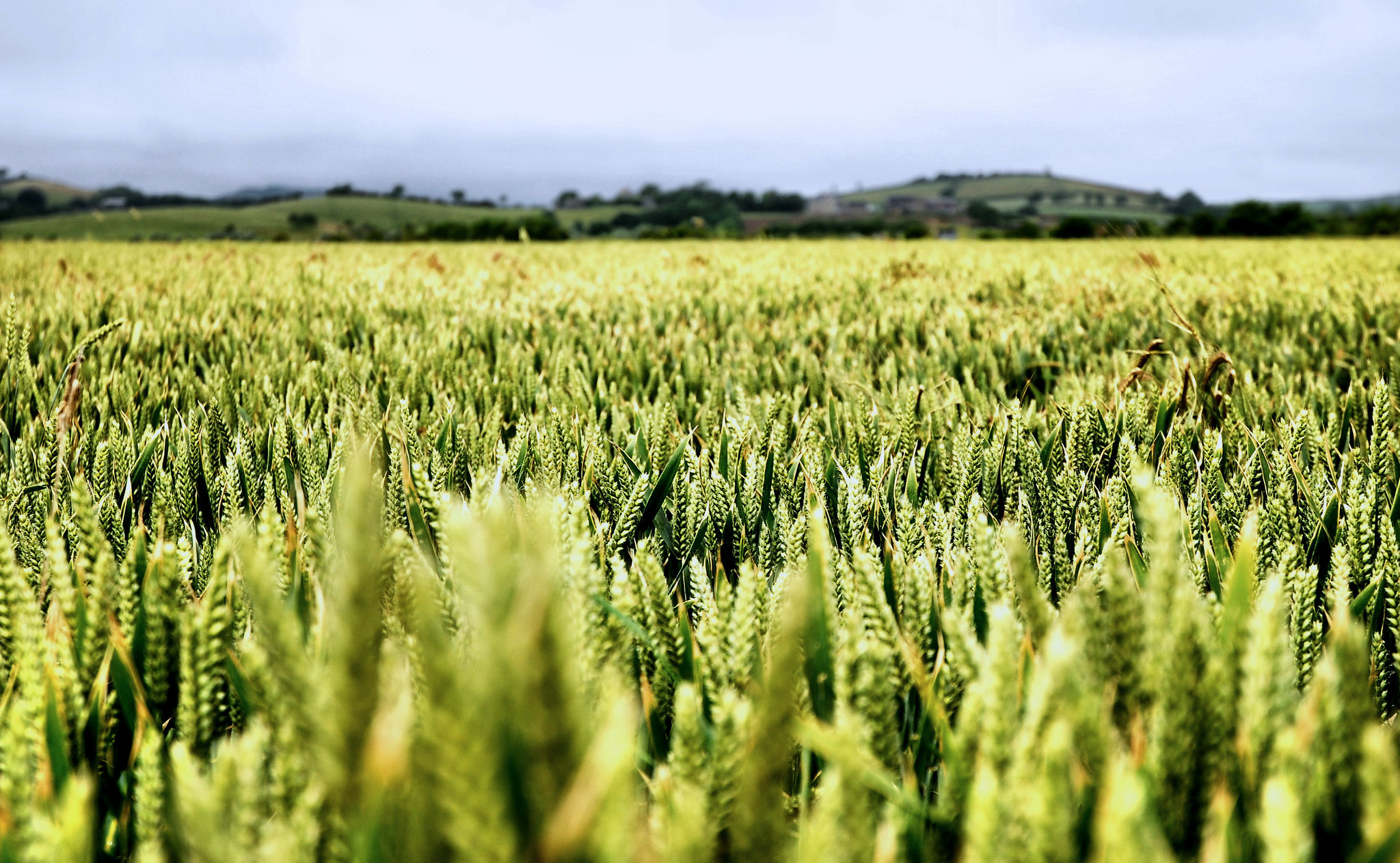Agriculture
Use cases: Machine Learning Solutions
In the light of challenges facing modern agriculture, such as increasing food demand or climate-related extreme weather events, maximizing yield is crucial. Machine Learning methods can help via automating processes. Other than expertise, they only need data, which is readily available thanks to modern tools such as satellites. By identifying relevant patterns or threats, they can help human decision makers in finding solutions that reduce long-term costs.
.jpg)
Early detection of pest and weed infestation from drone imagery
Flying a drone over an agricultural area is an efficient way to gather data about the state of the land. This data can then be used to train modern Computer Vision models to perform anomaly detection. The models learn what to expect at certain times of the crop cycle and notify the human experts once something unexpected occurs, so that problems can be caught and corrected early causing minimal loss.

Automatically retrieving information affecting yields from websites and news articles
Events such as extreme dry periods may not cause immediate problems but by the time visible signs show up, it may be too late to minimize loss. Unlike humans, a Natural Language Processing system can quickly access and analyze large quantities of textual data from the internet, resulting in a warning system which can help human experts stay up-to-date on information potentially affecting yields.

Precise spreading of fertilizers based on crop condition derived from drone or satellite imagery
Under- or overfertilizing a field can negatively affect crop yield. Based on data derived from drones or satellites monitoring the conditions of the field, Machine Learning models can learn the optimal way of applying fertilizer in the specific monitored area. These calculations are reliable and precise, so that fertilizer use based on them can save costs, help in complying with regulations and protect the environment.



